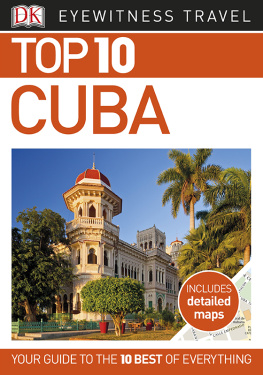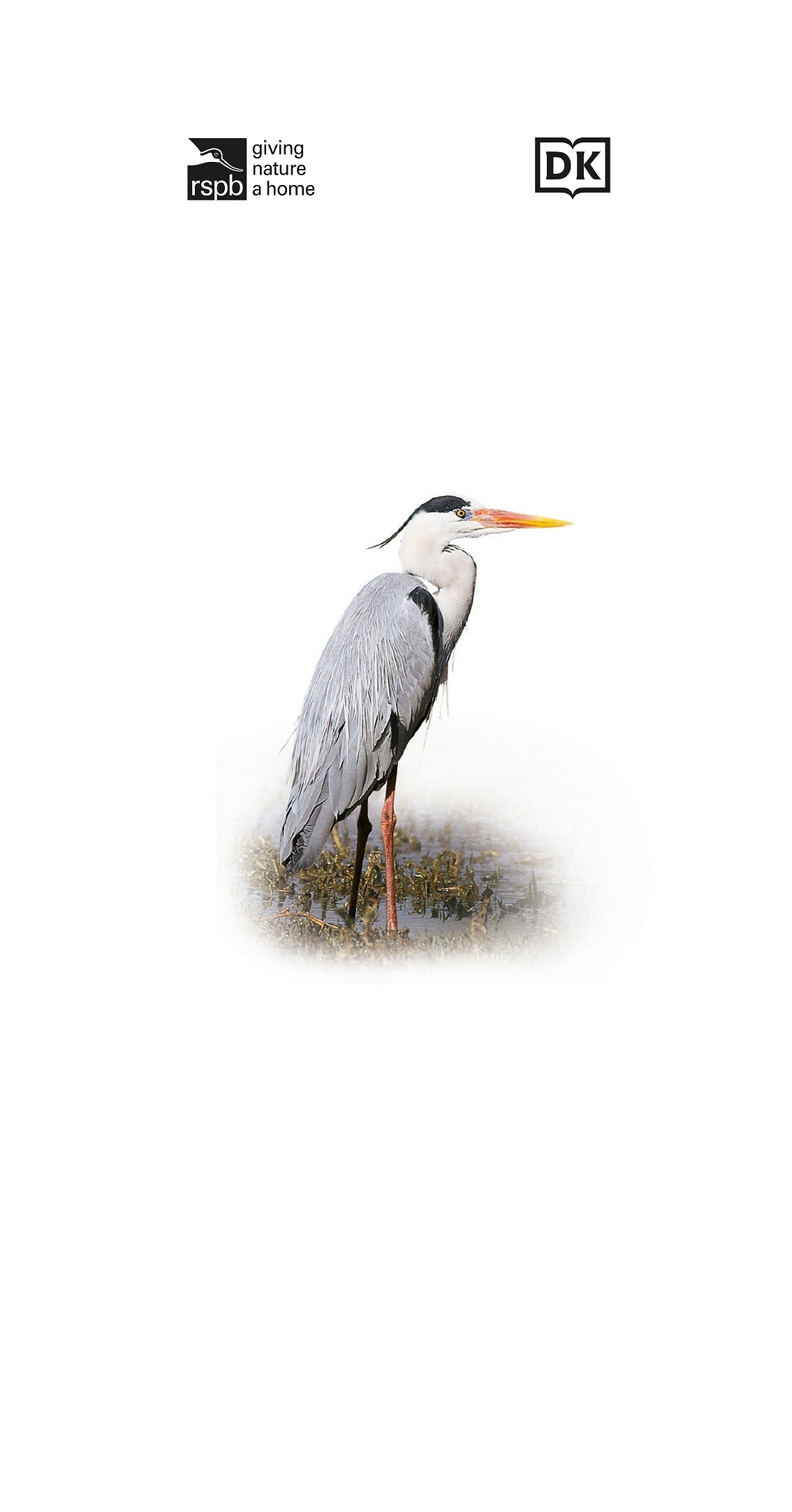Due to the complex integration of im ages and text, t his DK eBook has been formatted to retain the design of the print edition. As a result, all elements ar e xed in place, but can easily be enlar ged by using the pinch-to-zoom function. If you are previewing this eBook on a mobile phone, portr ait mode is r ecommen ded. If previewin g on a tablet or larger displa y, landscape mode will allow you to see facing pages at the same time (two page view). About this eBook

This book was made with Fo rest Stewardship Council certified paper one small step in DKs commitment to a sustainable future . Fo r more inform ation go to www . dk.com/our-gre en-pledge Consultant Rob Hume DK LONDON Editor Annie Moss Senior Art Editor Ina Stradins Managing Editor Angeles Gav ira Guerrero Managing Art Editor Michael Duffy Jacket De sign Deve lopment Manager Sophia MTT Production Editor George Nimmo Senior Production Controller Meskerem Berhane Art D irector Karen Self Associate Publishing Director Liz Wheeler Publishing Director Jo nathan Metcalf DK DELHI Project Editor Tina Jindal Senior Art Editor Po oja Pipil Editor Ayu shi Thapliyal Art E ditor Mridushmita Bose Senior Jacke t Designer Suhita Dharamjit Jackets Editorial Coordinator Priyanka Sharm a DTP Designers Nand Kishor Acharya, Ashok K umar , Anita Y ada v Senior DTP Designer Harish Aggarwal Pre-Production Manager Balwant Singh Production Manager P ankaj Shar ma Senior Managing Editor Roha n Sinha Managing Art Editor Sudakshina Basu Editorial Head Glenda F er nandes Design Head Mala vika T alukder This edition published in 2022 First published in Grea t Britain in 2003 b y Dorling Kindersle y Limited DK, One Embassy Gardens, 8 Vi aduct Gardens, London, SW11 7BW The authorized rep resentativ e in the EEA is Dorling Kindersle y V e rlag GmbH. Arn ulfstr . 124, 80636 Munich, Germ any Copyrig ht 2003, 2009, 2012, 2017, 2022 Dorling Kindersle y Limited A Pe nguin Random House Company 10 9 8 7 6 5 4 3 2 1 001324996Ja n/2022 All rights reserve d. No part of this publication ma y be repr oduced, stor ed in or introduced into a r etrieval system, or transmitted, in any fo rm, or by any means (electr onic, mec hanical, photocopy ing, recording , o r otherwise), without the prior written per mission of the cop yright o wner . A CIP catalogue recor d for this book is av ailable fr om the British Library ISBN: 978-0-2415-1549-5 Printed in the UK www. dk.com

INTRODUCTION COLOUR BANDS Bands are colour-coded, with a different colour representing each of the six bird groups. SCIENTIFIC NAME FLIGHT ILLUSTRAT ION Shows the bird in flight, from above and/or below . Note that differences of sex, age, or season are not always visible in flight. OTHER KEY INFORMAT ION These boxes provide consistent information on the following points: VOICE: a description of the bird s calls and songs. NESTING: the type of nest, its usual location, the number of eggs in a clutch; the number of broods in a year; the breeding season. FEEDING: how , where, and on what the bird feeds. SIMILAR SPECIES: lists birds that look similar to the featured bird. DESCRIPTION Conveys the main features and special characteristics of the species and points out differences between the bird and similar species. How this book works This guide covers the 327 most commonly seen bird species in Europe. These are divided into six easily recognized groups: Passerines, Gamebirds and other non-passerines, W ading birds, W aterfowl, Seabirds, and Owls and Birds of Prey . W ithin each group, the birds are arranged broadly by family , so that similar looking species appear together for ease of comparison, and generally in ascending order of size, so the smallest birds are at the beginning of a section and the largest at the end. GROUP INTRODUCTIONS Each of the six groups opens with an introductory page describing the group s shared characteristics. Photographs of representative species show the diversity in the group. SINGLE-P AGE ENTRIES Species that exhibit greater or more complex plumage variations are generally given a full-page. COMMON NAME TIP BOXES Describes striking or unique physical features or habits that will help identify a bird. ADDITIONAL PICTURES Shows you a bird of the same age, sex, and plumage as the main picture, but in a different posture or from a new angle. Puffin Fratercula ar ctica Few seabirds are more instantly recognizable than the Puffin in summer, with its clown-like eye and huge, flamboyantly coloured bill. Even at a distance it is usually distinctive, bobbing on the water or whirring through the air like a clockwork toy . In winter , it is less striking, as the colourful eye ornaments and horny plates at the edges of its bill fall away; its face is also darker , although not as dark as that of a juvenile bird. In summer , Puffins are often to be seen bringing food to their nesting burrows on northern and western coasts, but Puffins in winter plumage are generally rare close inshore. SEABIRDS BREEDS ON coastal clifftops, mainly on islands, feeding in nearby waters. W inters well out to sea. TIP A breeding Puffin is hard to mistake for any other bird, but in winter , Puffins usually feed well offshore and may be confused with other auks at long range. One distinctive feature is the grey facial disc; a Puffin also has a dumpier , more front-heavy body than a Guillemot or a Razorbill, and it has all-dark wings with no white trailing edge. 3 8 3 7 3 8 3 8 VOICE Loud, cooing growl at nest, aaarr, karr-oo-arr; generally silent outside breeding season. NESTING Digs or occupies ready-made burrow at or near clifftop, often excavated by rabbit or Manx Shearwater , or finds suitable cavity between boulders; 1 egg; 1 brood; MayJun. FEEDING Dives from water surface to catch small fish such as sand eels; also takes small squid, crustaceans, and marine worms. SIMILAR SPECIES Little Auk, Razorbill, Guillemot. deep, triangular bill, striped bluish, orange, yellow , and red dusky grey face grooves on bill increase with age white below smaller , duller bill black back vivid orange legs plain black wings dark eyes with bluish scale above black upperparts and neck grey-white facial disc Parrot Crossbill Loxia pytyopsittacus A stockier , more bull-necked, bigger-billed version of the very similar Crossbill, the Parrot Crossbill is restricted to northern and eastern Europe, from where it occasionally moves in large numbers to the south of its breeding range. The bill is almost as deep as it is long; its deep lower mandible bulges in the centre, like that of a parrot. Crossbill Loxia curvirostra This large, powerful finch is specialized for eating the seeds of spruces, pines, and other conifers, using its hooked, crossed bill to prise the cone scales apart so it can extract the seeds with its tongue. It feeds acrobatically and often noisily in the treetops, but has to drink frequently to moisten its diet of dry seeds. VOICE Loud, abrupt calls, jup-jup-jup, quiet conversational notes while feeding; song mixes buzzy notes, calls, warbles, and trills. NESTING Small nest of twigs and moss high in conifer; 34 eggs; 1 brood; JanMar . FEEDING Eats seeds of conifers such as spruce and pine; also berries, buds, insects. SIMILAR SPECIES Hawfinch. dark tail dark wings brightest red on rump VOICE Abrupt, loud tjup tjup tjup calls, usually deeper than Crossbills . NESTING Cup nest of leaves and moss, lined with grass on conifer twigs, bark, or tree; 34 eggs; 1 brood; FebMar or as late as Aug. FEEDING Conifer seeds, mainly pine; some insects in breeding season. SIMILAR SPECIES Crossbill, Hawfinch. heavy , stocky body orange-red to strawberry-red plumage This large group of water birds consists mainly of one family ducks, geese, and swans (commonly known as wildfowl). It also includes other birds with an aquatic lifestyle diving birds like grebes and divers, and two rails, the Coot and the Moorhen. Most are found in freshwater wetlands and possess waterproof plumage, quite short, specialized bills, and, in the case of wildfowl, webbed feet. All are good swimmers, although many spend much of their time on dry land. The ducks can be divided into two groups: diving ducks such as the T ufted Duck, which dive from the surface to feed under water , and surface feeders (or dabblers) like the Mallard. Geese are larger and longer-necked, feeding on dry land or marshes, but returning to water each night for a safe roost. Swans are largest of all, and feed on both water and land. Water fowl GREYLAG GOOSE MUTE SWAN COOT MALLARD
























